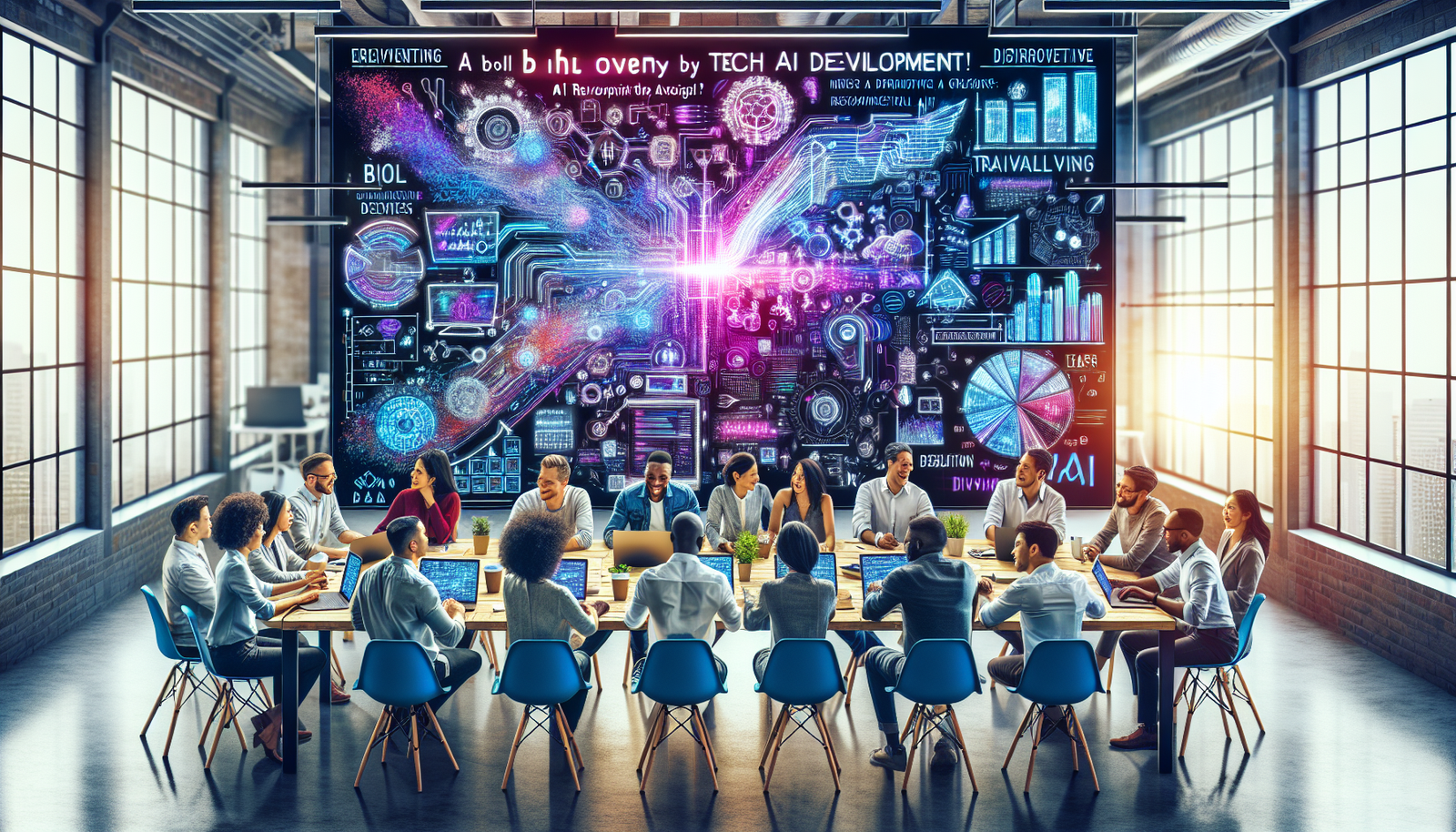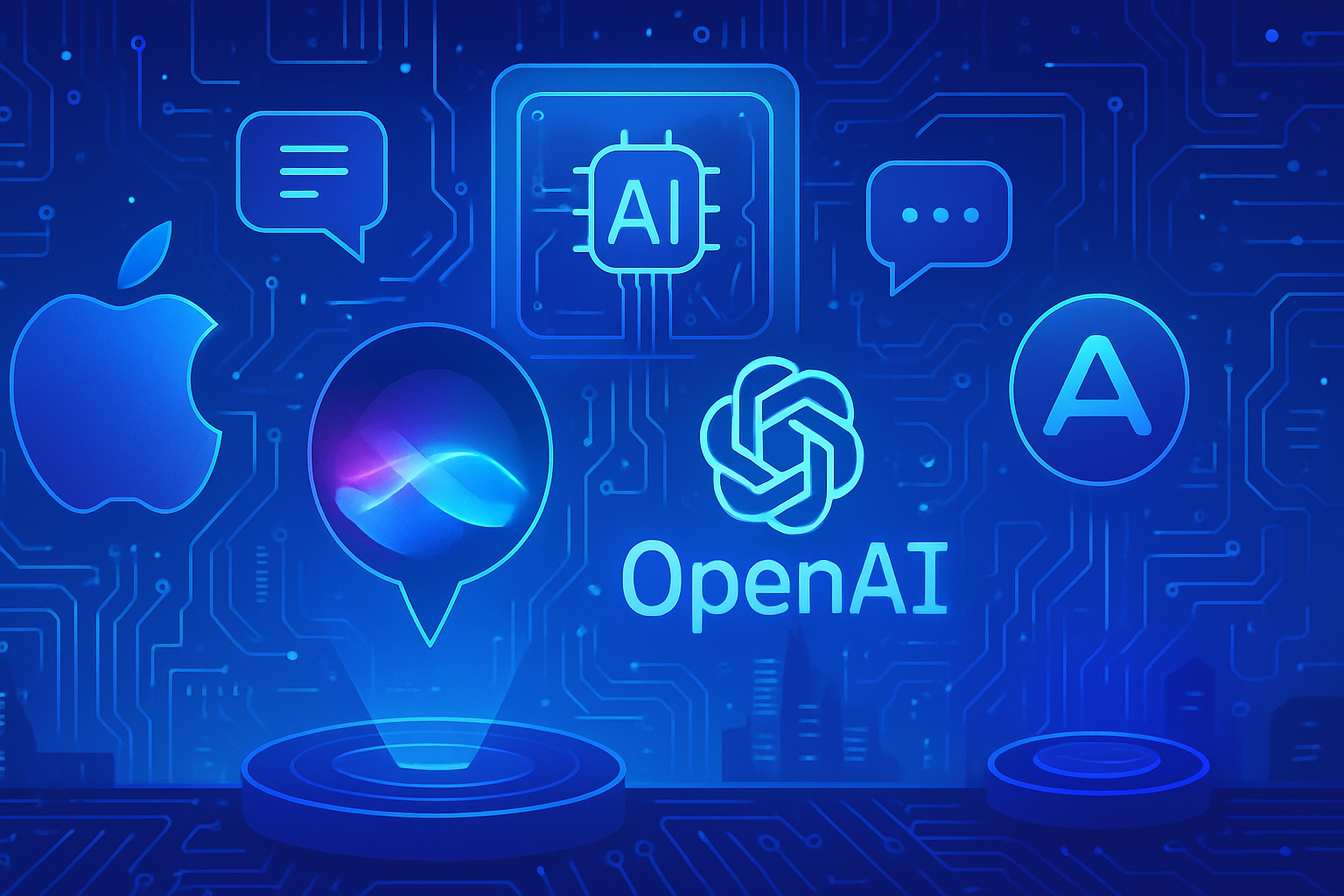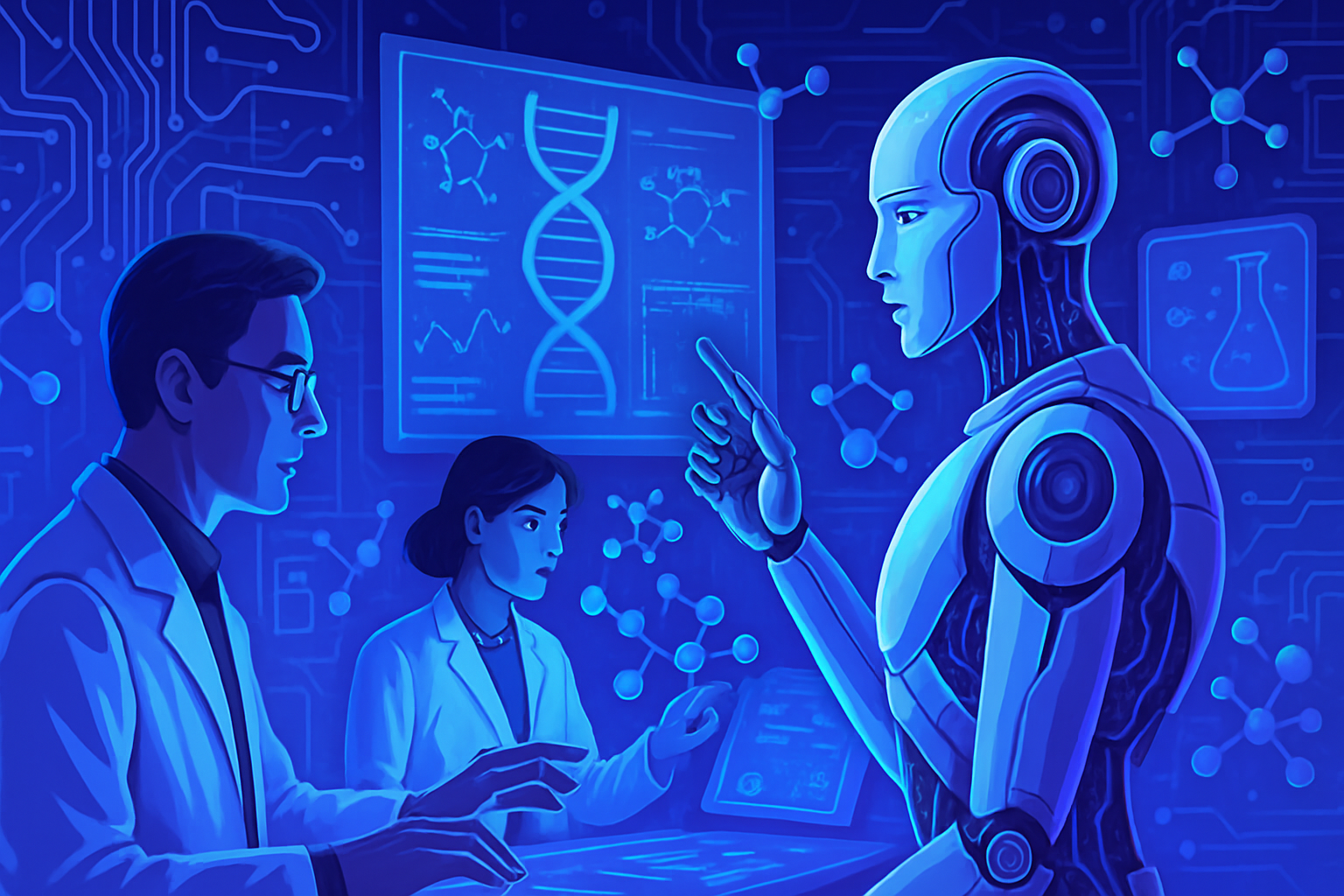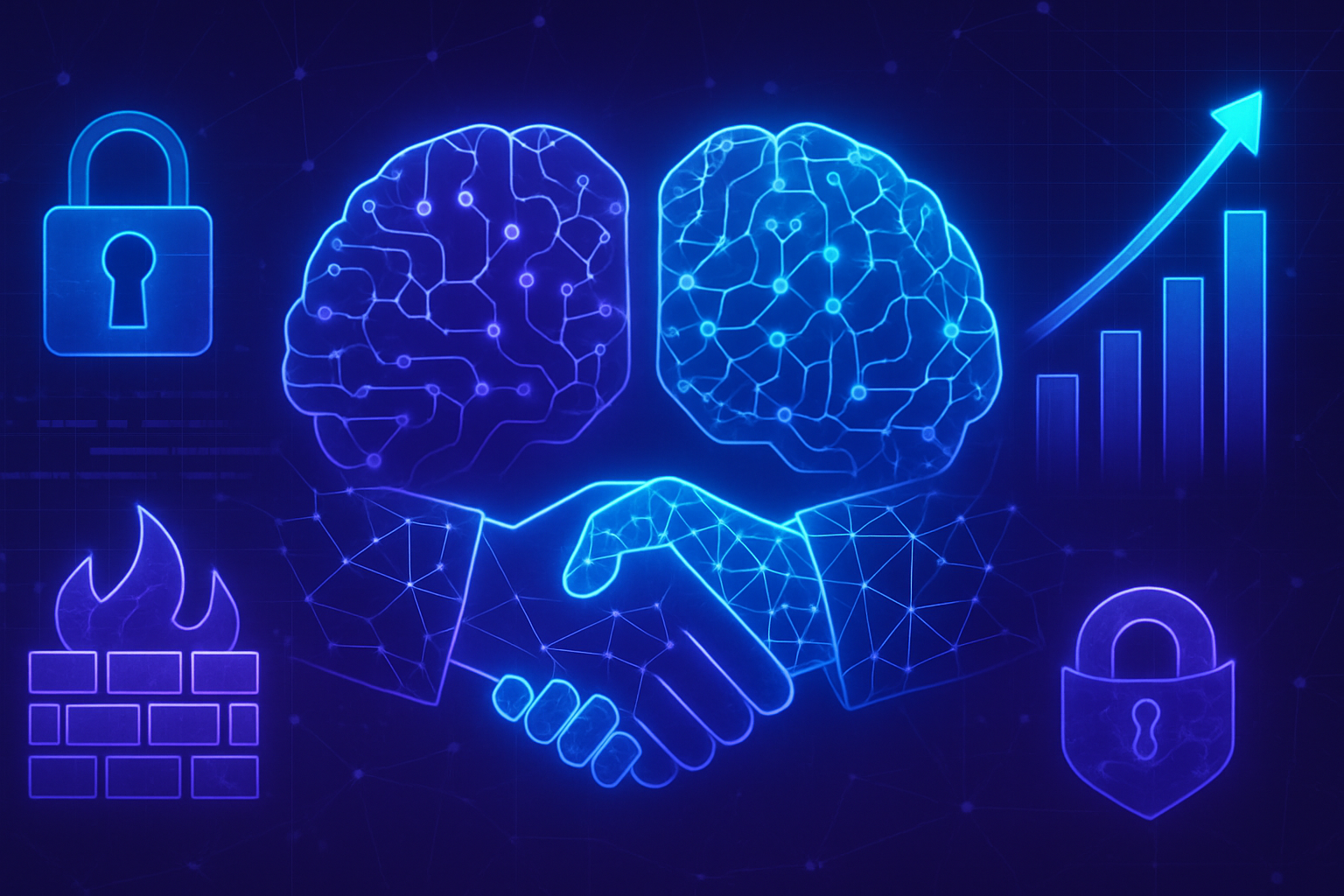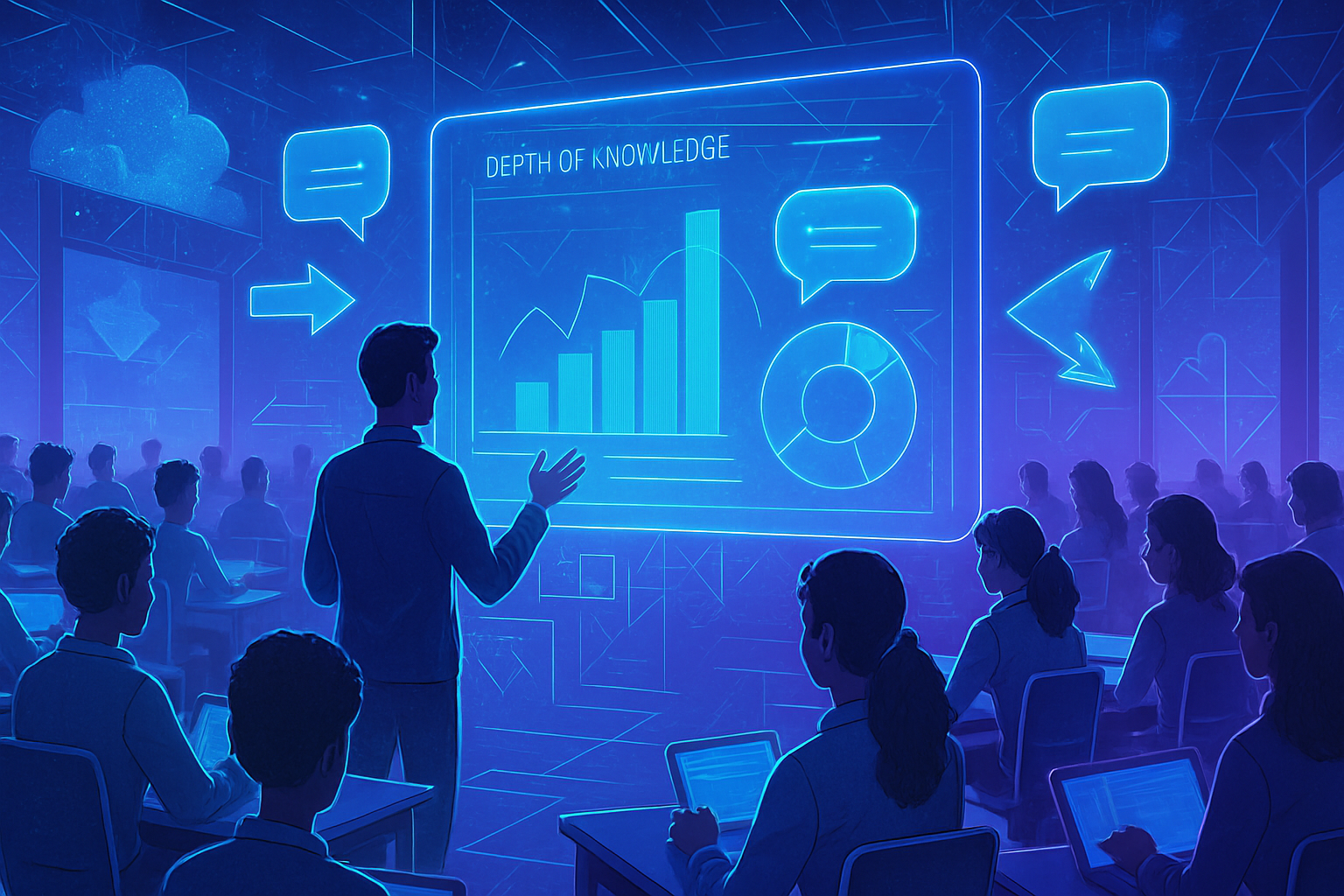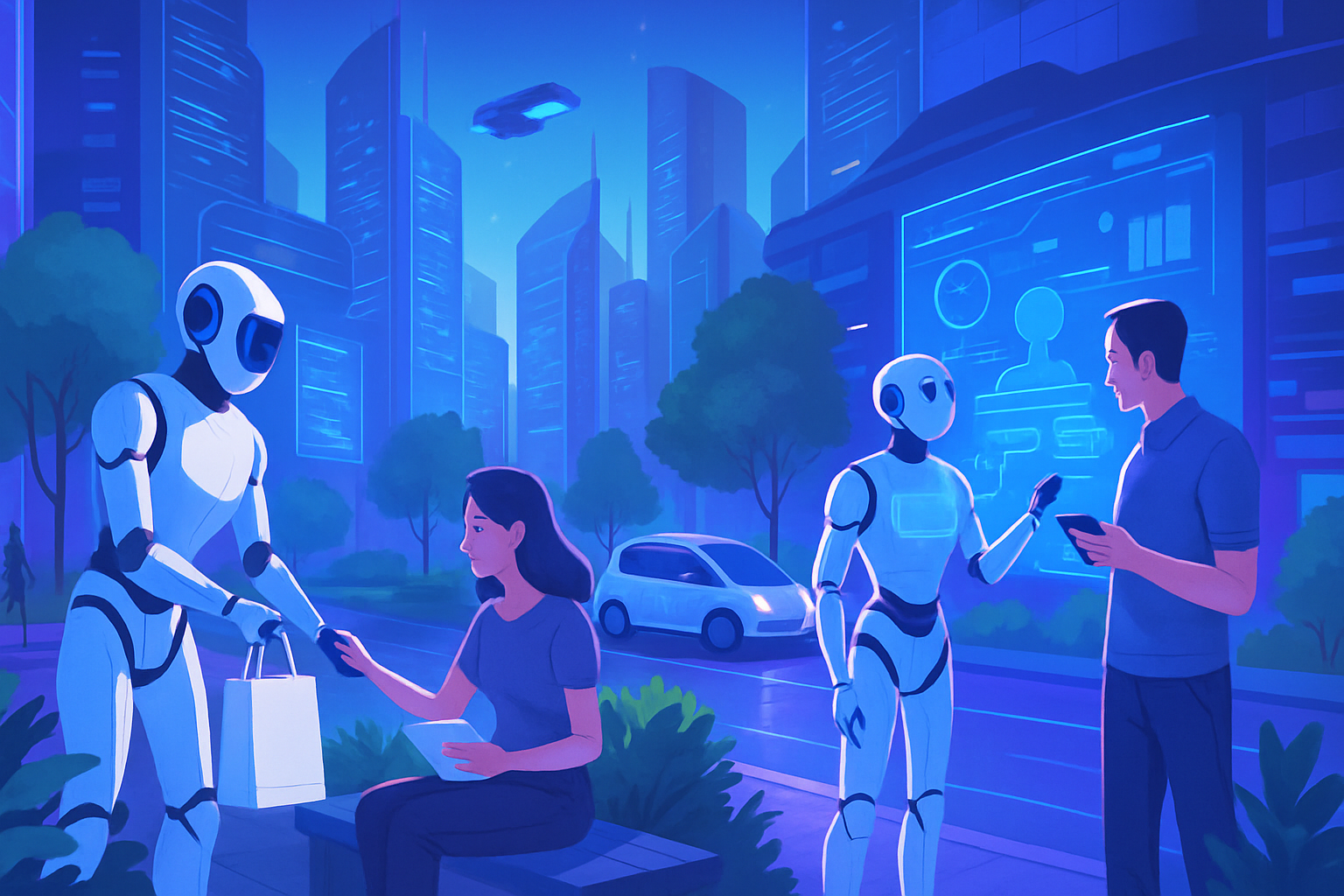The recent reorganization of Microsoft marks a historic turning point in the field of artificial intelligence. The Redmond-based company is establishing a dedicated division for fundamental AI, led by Jay Parikh, a former executive at Facebook. This initiative aims to reduce its dependence on OpenAI and strengthen its capabilities in AI applications. By focusing its efforts on creating AI agents for both internal and customer use, Microsoft is reinventing its approach to innovation. The company positions itself as a key player in redefining the technological landscape in the coming years.
A new strategy for artificial intelligence
Microsoft recently announced a major reorganization of its engineering teams with the creation of a new division dedicated to fundamental AI. This change highlights the company’s intent to concentrate its efforts on AI applications and the development of agents, both for internal use and for its customers. The goal is to reduce dependence on OpenAI while placing artificial intelligence at the center of product development strategy.
Strategic leadership under Jay Parikh
The appointment of Jay Parikh as executive vice president is a significant turning point for Microsoft. A former engineering lead at Facebook, Parikh has taken charge of the “CoreAI – Platform and Tools” division. He now has to manage several groups, including the Dev Div and AI Platform teams, with the ambitious mission of building an integrated AI tools stack for its clients. This initiative aims to enhance the creation and execution of AI applications and agents.
Strengthening GitHub Copilot
The new strategic organization also includes the development of GitHub Copilot. Indeed, this flagship AI-focused product will be closely associated with the AI platform to drive the development stack roadmap. Parikh will be joined by several technical leaders, such as Eric Boyd and Jason Taylor, to take on this responsibility.
Reorganization of Microsoft’s product range
Microsoft is planning a complete restructuring of its product range around AI. Satya Nadella, the CEO, stated that “2025 will be the year of model-driven applications,” thus marking a profound change in how software solutions will be developed. This vision involves the need to manage complex infrastructure projects to optimize the power and efficiency of Microsoft networks.
The future of Azure as AI infrastructure
In this dynamic, Azure will position itself as the integral infrastructure for AI. Microsoft envisions a synergy between its AI platform and development tools to create AI agents capable of transforming every category of SaaS applications. Satya Nadella imagines an ecosystem where the various components of Azure, GitHub, and VS Code will come together to maximize innovation.
Outlook and challenges for the sector
This reorganization is set against a backdrop where AI is increasingly gaining traction. Microsoft is preparing not only to face heightened competition but also to anticipate the growing demand for robust and secure AI solutions. The company’s determination to create a dedicated AI division highlights its commitment to transcending the limits of current technology to shape the future of the tech sector.
Frequently asked questions about Microsoft’s reorganization and the new division dedicated to fundamental AI
What is Microsoft’s new “CoreAI – Platform and Tools” division?
This is a new engineering division created by Microsoft, focused on the development of fundamental artificial intelligence, aimed at designing and enhancing the company’s AI capabilities, both for its own needs and for those of its clients.
Why did Microsoft decide to create a dedicated AI division?
Microsoft chose to focus on artificial intelligence because of the growing importance of AI in the development of products and services, and to reduce its dependence on OpenAI while aiming to be at the forefront of innovation in this critical area.
What is Jay Parikh’s role in this new structure?
Jay Parikh, a former engineering lead at Facebook, has been appointed executive vice president of the new “CoreAI” division. He will be responsible for overseeing the teams that will develop the tools and platforms necessary for creating AI agents and innovative applications.
How will this reorganization impact Microsoft’s products?
This reorganization is intended to reshape the entire range of Microsoft products, with a particular focus on integrating AI into all its services, thus transforming the way users interact with SaaS technologies.
What is the future of Azure within these changes?
Satya Nadella envisions Azure becoming the central infrastructure for Microsoft’s artificial intelligence, supporting AI development and development tools, and integrating various services to create more advanced and interconnected applications.
What types of applications could Microsoft’s fundamental AI enable to be developed?
The new division is expected to promote the creation of various AI applications, ranging from intelligent assistant agents to advanced productivity tools, transforming how businesses operate daily.
Will there be synergy between GitHub Copilot and the new AI division?
Yes, the “CoreAI” division will work on GitHub Copilot, establishing a feedback loop between this flagship AI-focused product and the AI platform, which should enhance the features and performance of the tools available for developers.
When is this reorganization expected to start showing concrete results?
Microsoft expects significant changes to manifest by 2025, with model-driven applications that should redefine the categories of products and services offered.
